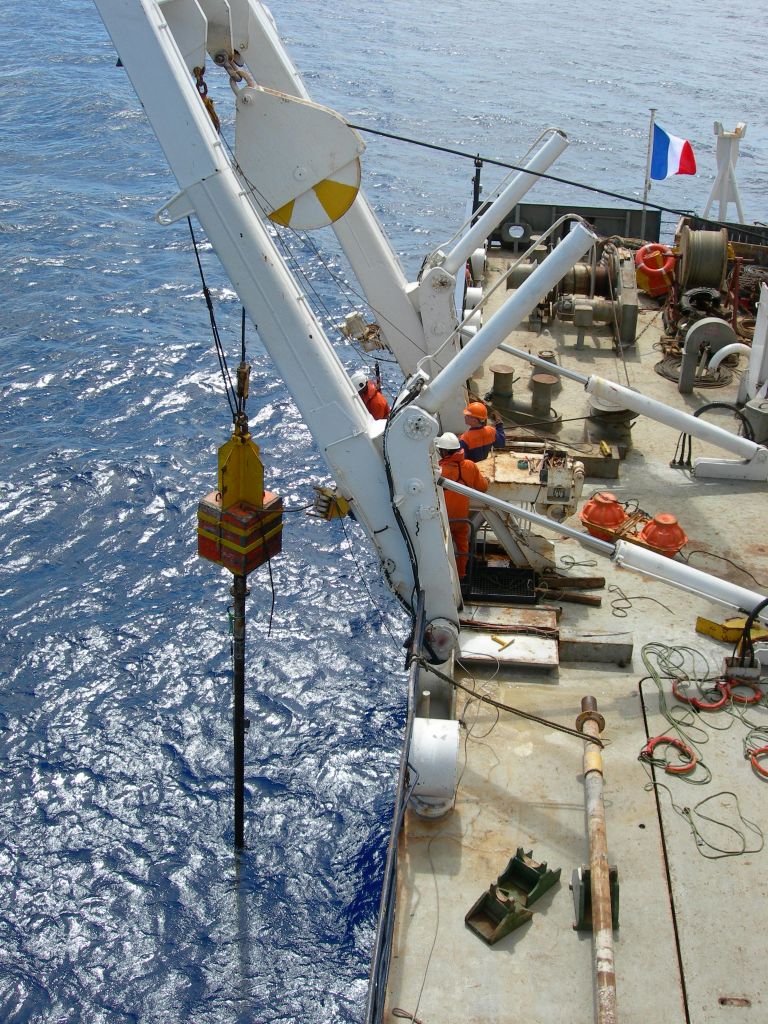Today, the world’s oceans absorb about one-third of the CO2 that we humans are putting into the atmosphere from the combustion of fossil fuels. Among them, the Southern Ocean is the one that contributes most to this sequestration. Almost half of all the oceanic CO2 uptake takes place in the Southern Ocean. This absorption is, of course, very positive; otherwise we would have significantly higher CO2 concentrations in the atmosphere, with the consequent enhanced global warming. However, the Southern Ocean has not always operated in this way. This is what we have discovered in this study, which provides a reconstruction of the CO2 regulating capacity of the Southern Ocean over the last 25.000 years. For this, we analyzed specific isotopic ratios of planktonic microfossils (Fig. 1) and several key organic compounds from a deep sea sediment core recovered south of Tasmania (Fig. 2). With these analyses we reconstructed the evolution of parameters such as seawater temperature (from long chain alkenones) and the acidity (from boron isotopes) in the past. With them, we calculated the variability of the dissolved CO2 in seawater which, by comparison with the record of atmospheric CO2 from Antarctica ice cores, allowed us to determine the CO2 sink or source role of the Southern Ocean during the last glacial to interglacial transition. The results show that the Southern Ocean surface waters in the studied location were a net sink for atmospheric CO2 during glacial times and up until about 12.000 years ago, when they became a net source of CO2 for about 8.000 years. In this varying regulatory role of the Southern Ocean, key factors were the changes in primary productivity and the intensity of marine currents. This study helps to understand the variability of this regulatory role of the Southern Ocean but also alerts about the future capacity of this ocean to continue to absorb CO2, which should not necessarily continue to be as favorable as today. In the event that its capacity to act as a CO2 sink decreased in the future, the global projections on the emissions of this greenhouse gas would be altered to even more alarming levels than the current ones.
Reference

